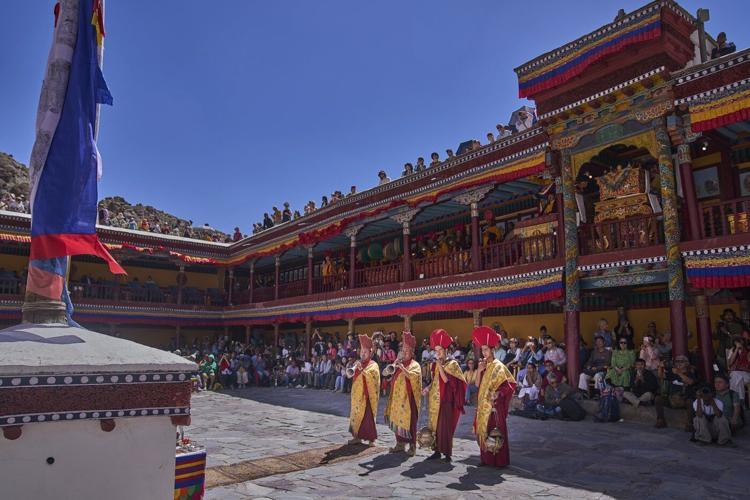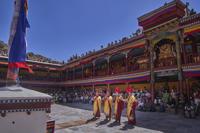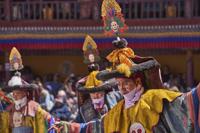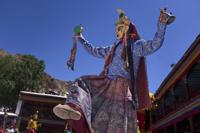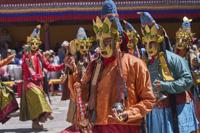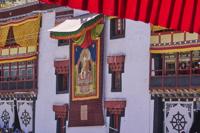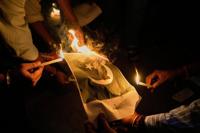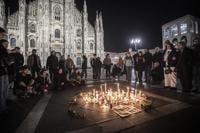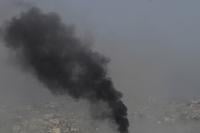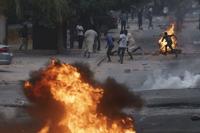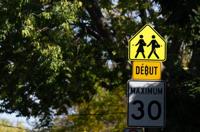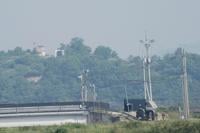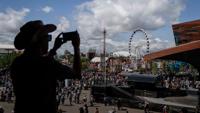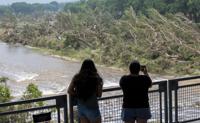LADAKH, India (AP) — One by one, 13 Buddhist monks wearing brightly colored silk costumes and wide-brimmed black hats, stepped onto the rectangular courtyard of the Hemis monastery. They began a ritual dance to a slow rhythm set by drums, cymbals and horns.
As they moved, the white human skull motifs on their costume caught the morning sun. They danced to ward off mythical evil beings and clear the courtyard of negative energy.
That set the stage for the ritual dances to follow at the Hemis Festival — or Hemis Tsechu.
Hemis Gompa belongs to the Drukpa Kagyu school of Tibetan Buddhism and is one of the most important monasteries in Ladakh. Built in the 17th century, it lies at an elevation of about 3,560 meters (12,000 feet) in the northern Indian desert mountainous territory.
The festival, believed to have originated in the first half of the 18th century and observed annually ever since, commemorates the birthday of the 8th-century Indian master Padmasambhava, who is credited to have helped establish Buddhism in Tibet.
The two-day summer festival falls on the 10th and 11th days of the fifth month in the Tibetan calendar. This year's festival was observed on July 5 and 6.

